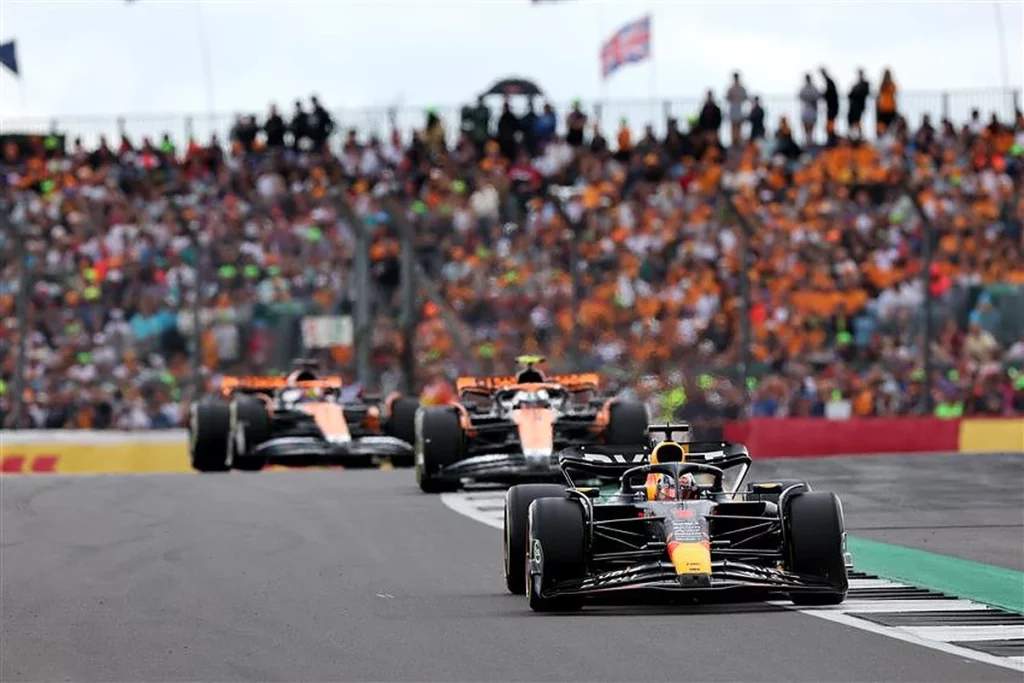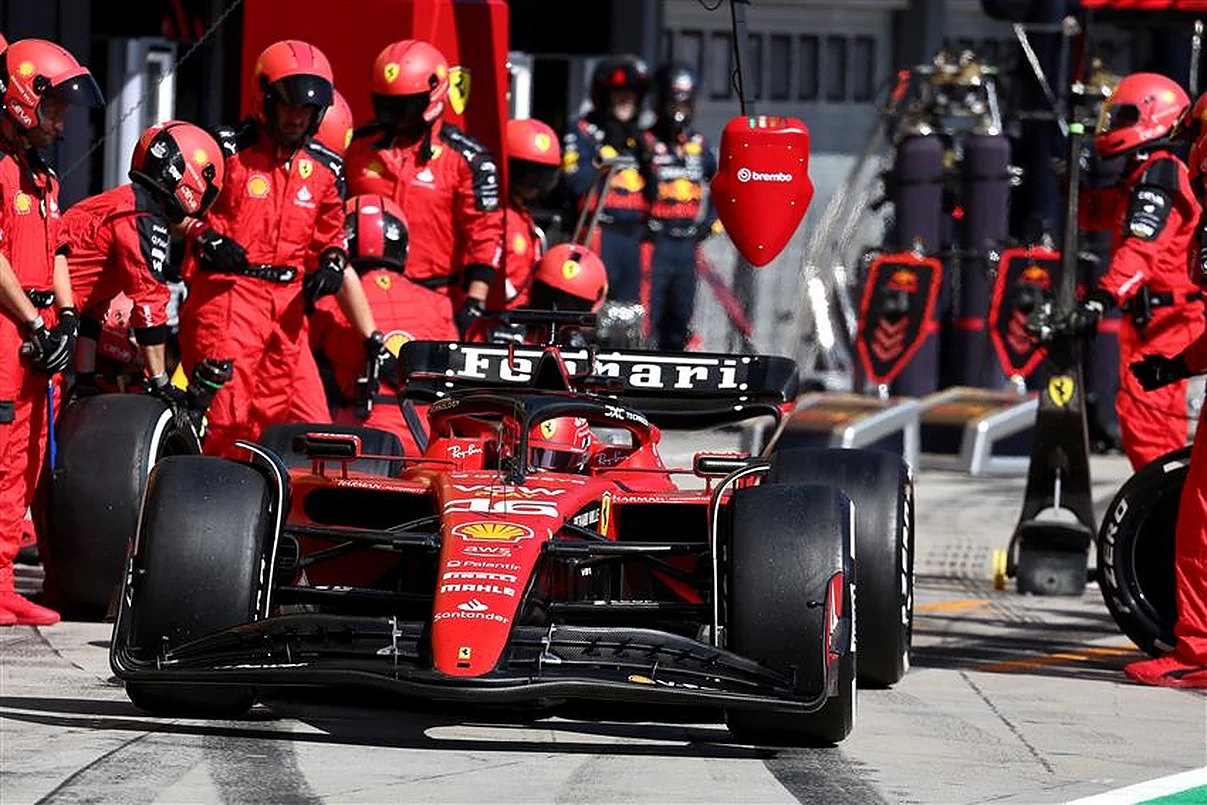As Formula 1 enters its traditional August hiatus, teams are barred from making any advancements to their car designs, with a strict regulation imposing a halt on car development throughout the summer break.
While the urge to refine and enhance performance is ever-present, Article 21.8 of the Sporting Regulations dictates a mandatory two-week cessation of all related activities during the vacation period.
In the pursuit of excellence, Formula 1 teams invest staggering sums of money annually, seeking every possible advantage to attain speed supremacy.
The margins that separate competitors can often hinge on minute details, underscoring the importance of continuous improvement.

Want to work in Formula 1? Browse the latest F1 job vacancies
The Formula 1 season spans from March to November, with the winter months constituting a crucial phase for teams to conceptualise and fabricate their new car models, refining concepts based on lessons garnered from preceding seasons.
The relentless quest for progress remains integral even during the racing season itself.
Teams introduce a series of upgrades to their cars, aimed at catapulting their standings within the championship.
An exemplar of this phenomenon is McLaren, who have remarkably progressed from trailing at the back of the grid to becoming the second-fastest team in a span of mere races.
The recent Belgian Grand Prix at the iconic Spa-Francorchamps circuit on July 30 marked the final race before the summer hiatus.
The racing action will resume at the Dutch Grand Prix in Zandvoort on August 27, a well-deserved break for drivers who take this opportunity to unwind and share glimpses of their vacation escapades.
Despite the seemingly opportune time for teams to intensify their car development efforts during the vacation period, Article 21.8 of the Sporting Regulations imposes a compelling mandate.
This clause stipulates that there must be an uninterrupted fourteen-day intermission in August, during which all car development endeavours must be suspended.
If two consecutive events occur within a seventeen-day timeframe during this period, a shorter shutdown period of thirteen consecutive days is required.
Teams are required to communicate their chosen shutdown period to the FIA within 30 days of the championship’s commencement.
READ: Max Verstappen chosen to defeat Lewis Hamilton and Fernando Alonso
The regulatory framework’s rigidity extends to forbidding teams from participating in any form of car design, improvement, or production during the designated shutdown period.
This prohibition includes both explicit activities and even the contemplation of planning via emails and meetings.
However, certain permissible activities persist during this period, including the provision for repairing a damaged car before the break with prior approval from the FIA.
Teams can also engage in marketing projects, utilise outdated car models for promotional purposes, and embark on non-Formula 1 related ventures.

